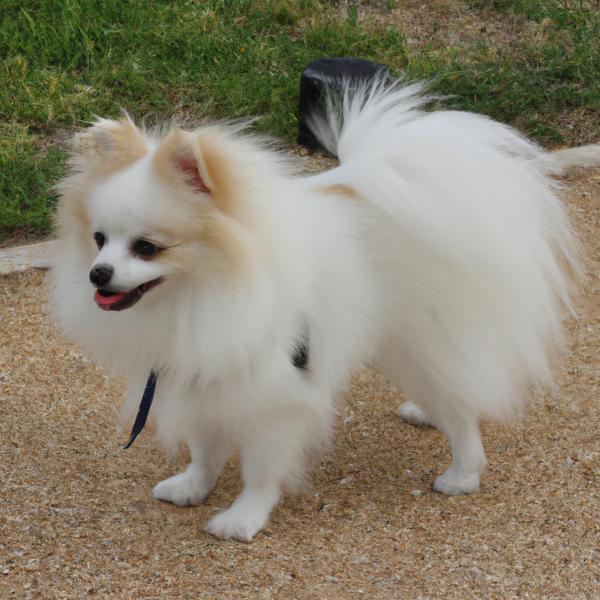Dachsi Apso vs. Pom-Coton: Breed Differences and Similarities
Hypoallergenic
Are Dachsi Apsos or Pom-Cotons hypoallergenic, or neither?
Unfortunately, neither Dachsi Apso nor Pom-Coton are hypoallergenic, which may not make them the best choice for dog lovers who suffer from pet allergies.
Temperament
What are the personalities of Dachsi Apso and Pom-Coton dogs?
Playful
Stubborn
Alert
Courageous
Intelligent
Friendly
Obedient
Devoted
Lively
Steady
Spirited
Assertive
Clever
Active
Playful
Intelligent
Friendly
Docile
Affectionate
Lively
Sociable
Attentive
Trainable
Vocal
Extroverted
Shedding Level
Do Dachsi Apsos shed more than Pom-Cotons, or which breed sheds more, Dachsi Apsos or Pom-Cotons?
Dachsi Apso or Pom-Coton dogs are not heavy shedders, but they will lose a significant amount of hair each year. To decrease the amount of shedding, you can regularly brush your Dachsi Apso or Pom-Coton. This will remove loose hair and keep their coat growing in the same direction.
Ancestry
What are the origins of Dachsi Apso and Pom-Coton breeds?
Lhasa Apso, Dachshund
Pomeranian, Coton de Tulear
Breed recognition
Which kennel clubs recognize/register Dachsi Apso and Pom-Coton?
ACHC = American Canine Hybrid Club
DRA = Dog Registry of America, Inc.
ACHC = American Canine Hybrid Club
DBR = Designer Breed Registry
DDKC = Designer Dogs Kennel Club
DRA = Dog Registry of America, Inc.
IDCR = International Designer Canine Registry®
Date of Birth
When were Dachsi Apso and Pom-Coton breeds first developed?
Unknown
Eye Color Possibilites
What are the eye colors of Dachsi Apso and Pom-Coton dogs?
Brown
Brown
Nose Color Possibilites
What are the natural nose colors of Dachsi Apso and Pom-Coton?
Black
Black
Coat Color Possibilites
What are the natural colors of the coat for Dachsi Apso and Pom-Coton breeds?
White
Fawn
Brown
Black
Brown
Red
Cream
Fawn
Sable
Brindle
White
Blue
Coat Length
What is the typical coat length for Dachsi Apso and Pom-Coton breeds?
Dachsi Apsos have medium-length coats.
Pom-Cotons have longer coats compared to most dogs.
Coat Density
What is the density of the coat of Dachsi Apso and Pom-Coton?
Coat Texture
What is the hair texture of Dachsi Apso and Pom-Coton?
Wiry
Straight
Litter Size
What is the usual litter size for Dachsi Apso and Pom-Coton?
A Dachsi Apso can have a litter of 4-8 puppies on average. However, it's worth noting that the size of the litters can vary greatly. Factors that can influence litter size include the health of the mother, breeding history, and genetics.
A Pom-Coton can have a litter of 4-6 puppies on average. However, it's worth noting that the size of the litters can vary greatly. Factors that can influence litter size include the health of the mother, breeding history, and genetics.
Adaptability
Dachsi Apso and Pom-Cotons are known for their adaptability and versatility. They are capable of adapting well to a wide range of lifestyle changes and living environments, making them great companions for families and individuals of all lifestyles.
Health Issues
Between Dachsi Apso and Pom-Coton, which breed is more prone to health problems?
Dachsi Apso and Pom-Coton breeds are generally considered to be healthy. However, like all breeds, they are susceptible to certain health issues and it is important to keep an eye out for them and address them with your veterinarian as needed.
Major Concerns
What are the major health concerns for Dachsi Apso and Pom-Coton breeds?
Hip Dysplasia
Pateller Luxation
Patent Ductus Arteriosus (PDA)
Cerebellar Abiotrophy (Ataxia)
Minor Concerns
What minor health issues should be kept in mind when owning Dachsi Apso and Pom-Coton?
None
Mono/Bilateral Cryptorchidism
Hydrocephalus
Tracheal Collapse
Sick Sinus Syndrome
Occasional Tests
What occasional tests are recommended for Dachsi Apso and Pom-Coton breeds?
X-Rays
Physical Examination
Complete Blood Count
Internal Imaging (x-ray, CT scan, MRI, etc.)
Blood And Urine Analysis
Full Body Physical Examination
Eye Examinations (both internal as well as external)
X-rays of various parts of the skeletal system
Social Needs
Dachsi Apso vs Pom-Coton social needs comparison
Dachsi Apso has above average social needs and thrives with interaction with humans and other dogs.
Pom-Coton has very high social needs and requires regular mental and physical stimulation, a job or purpose, and companionship.
Sleeping Need
Which of the two sleeps the most/least: Dachsi Apso or Pom-Coton?
Dachsi Apso and Pom-Coton breeds are known to have moderate energy levels and normal sleep patterns, typically sleeping around 12-14 hours per day.
Mouthiness
Mouthiness Comparison: Dachsi Apso vs Pom-Coton?
Roaming urge
Dachsi Apso vs Labrador: Running away tendency?
Prey Drive
Dachsi Apso or Pom-Coton - which breed has a higher level of prey drive?
Activity Level
Which breed has higher energy, Dachsi Apsos or Pom-Cotons?
Both Dachsi Apso and Pom-Coton are medium-energy dogs that enjoy socializing and playing with other dogs. They may engage in casual or sustained games of chase, and occasionally have bursts of barking or racing around the house.
Tolerance of being left alone
Walks per Week
How many miles should Dachsi Apso or Pom-Coton walk each week?
There's really no limit to how far you walk your dog as long as they're comfortable. For Dachsi Apso, it's at least 9 miles / week. Just remember to build distance and stamina gradually over time.
There's really no limit to how far you walk your dog as long as they're comfortable. For Pom-Coton, it's at least 5 miles / week. Just remember to build distance and stamina gradually over time.
Activity per Day
Do Dachsi Apsos or Pom-Cotons require more exercise?
In general most Dachsi Apsos usually need at least 40 minutes of exercise daily. This can be spread across the day and include all sorts of high-energy activities, like walking, running and playing.
In general most Pom-Cotons usually need at least 45 minutes of exercise daily. This can be spread across the day and include all sorts of high-energy activities, like walking, running and playing.
Grooming
Which breed is easier to maintain in terms of grooming, Dachsi Apsos or Pom-Cotons?
Dachsi Apso and Pom-Coton are breeds of dogs that require a significant amount of grooming. They will also require regular trims, and a professional groomer's help is often necessary to keep their coat in good condition. They may also need regular baths to maintain their coat and skin.
Brushing Frequency
What is the recommended brushing frequency for Dachsi Apso and Pom-Coton dogs?
Ideally, both Dachsi Apso and Pom-Coton should be brushed at least 2 or 3 times a week (preferably daily) to improve shedding.
Brushing Tools
What brushing tools are used for Dachsi Apsos and Pom-Cotons?
Pin Brush
Slicker Brush
Nail Clipper
Pin Brush
Dematter
Deshedder
Nail Clipper
Cups
How much food should be given to Dachsi Apso or Pom-Coton in cups?
Dachsi Apso and Pom-Coton share the same recommended daily food intake of 1 cups, although the appropriate quantity may vary depending on the quality and nutritional content of their food.
Daily Cost
Which breed has a higher daily cost, Dachsi Apso or Pom-Coton?
Dachsi Apso and Pom-Coton have a similar average daily cost of around $1.10 - $1.40.
Monthly Cost
Which breed has a higher monthly cost, Dachsi Apso or Pom-Coton?
When it comes to monthly expenses, both Dachsi Apso and Pom-Coton have a similar average cost, ranging from $35 - $42. This results in an average yearly cost of around $420 - $504.
Sensitivity Level
How do Dachsi Apso and Pom-Coton compare in sensitivity?
These dog breeds are particularly attuned to its environment and the emotions of those around it. Dachsi Apso and Pom-Coton can be easily overwhelmed by loud noises, new environments, unfamiliar people, or animals. This dog breed is best suited for individuals or families who are patient, gentle, and understanding of its sensitive nature. It may also benefit from a calm and stable home environment, with a consistent routine and plenty of positive reinforcement training.
Apartment Friendly
Which breed is more apartment-friendly: Dachsi Apso or Pom-Coton?
Dachsi Apsos and Pom-Cotons are known for being excellent apartment dogs. They are fairly active indoors and will do okay without a yard.
Child Friendly
Do Dachsi Apsos or Pom-Cotons have a friendlier temperament towards children?
Dachsi Apsos are good with kids if socialized and trained from a young age.
Pom-Cotons have an average level of friendliness towards children.
Senior-friendly
Which dog is more suitable as a pet for the elderly - Dachsi Apso or Pom-Coton?
Cat Friendly
Do Dachsi Apso or Pom-Coton breeds have a better compatibility with cats?
Dachsi Apsos are good with cats, but early training is needed to prevent chasing behavior.
Pom-Cotons are very friendly with cats and make great companions for them.
Dog Friendly
Which breed is more sociable with other dogs: Dachsi Apso or Pom-Coton?
Dachsi Apsos and Pom-Cotons are friendly, active and loyal companions. They generally love to be around other dogs, making them a good family pet for some.
Pet friendly
How do Dachsi Apso or Pom-Coton dogs interact with other pets?
Stranger Friendly
Which breed is more friendly with strangers: Dachsi Apso or Pom-Coton?
Dachsi Apso and Pom-Coton are average friendly around strangers. They can be wary around strangers and a little standoffish, so early socialization is key to ensure they are comfortable around new people.
Playfulness
Which breed is more playful between Dachsi Apso and Pom-Coton?
Dachsi Apsos have an average level of playfulness, enjoying playtime like most dogs but not excessively so.
Pom-Cotons are a playful breed that needs daily playtime to be happy.
Trainability
How do the trainability levels of Dachsi Apsos and Pom-Cotons compare?
Dachsi Apso and Pom-Coton dogs are known for their ease of training and ability to learn quickly, making them a popular choice for pet owners and trainers alike.
Compare Dachsi Apso with other breeds
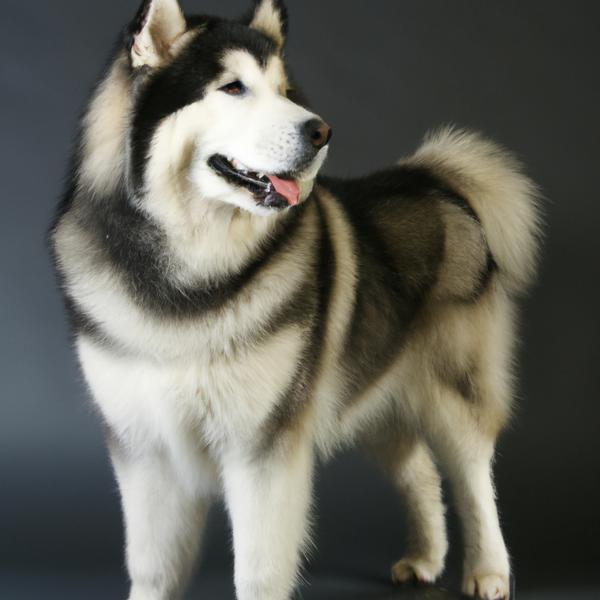
Sibercaan
Dachsi Apso vs Sibercaan
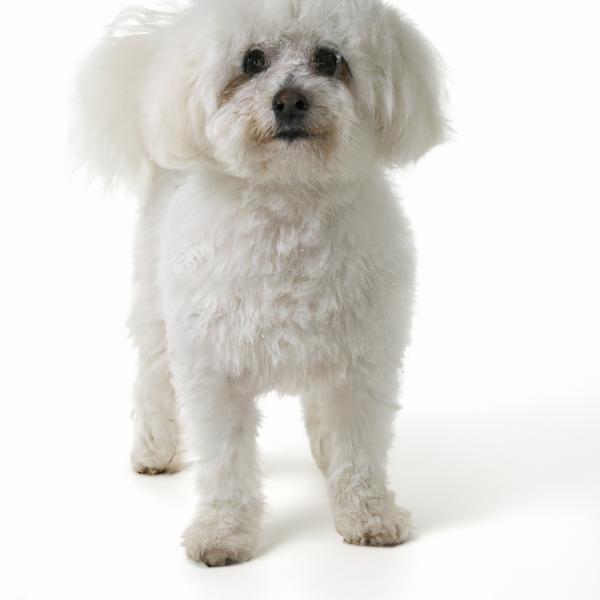
Bichon-A-Ranian
Dachsi Apso vs Bichon-A-Ranian
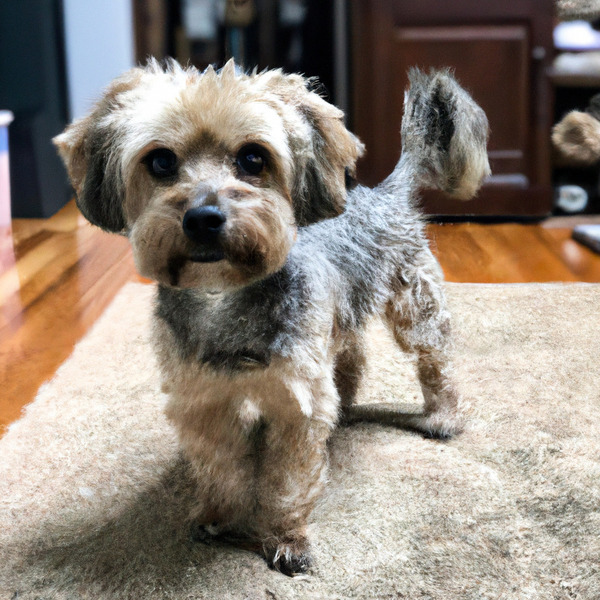
Yorkipoo
Dachsi Apso vs Yorkipoo
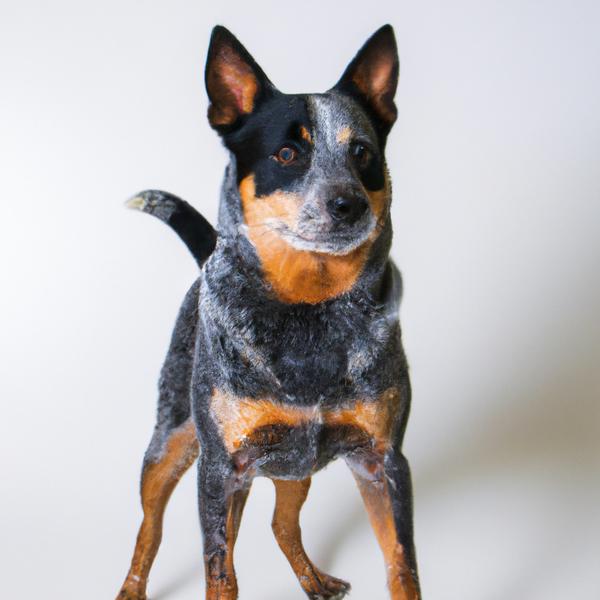
Box Heeler
Dachsi Apso vs Box Heeler
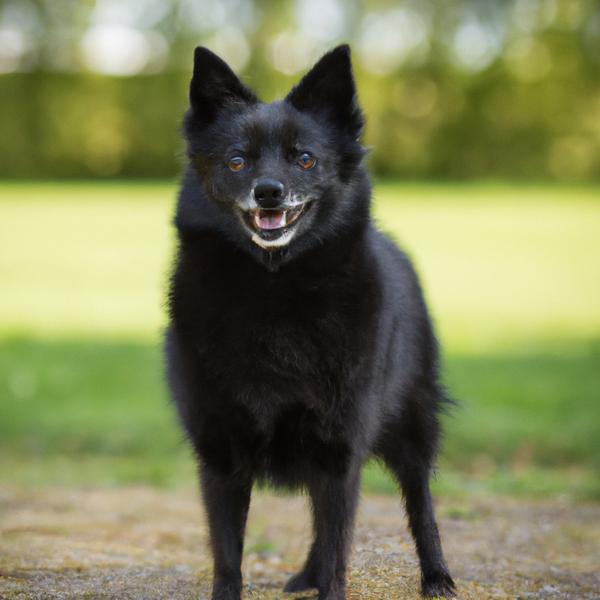
Schipperke
Dachsi Apso vs Schipperke
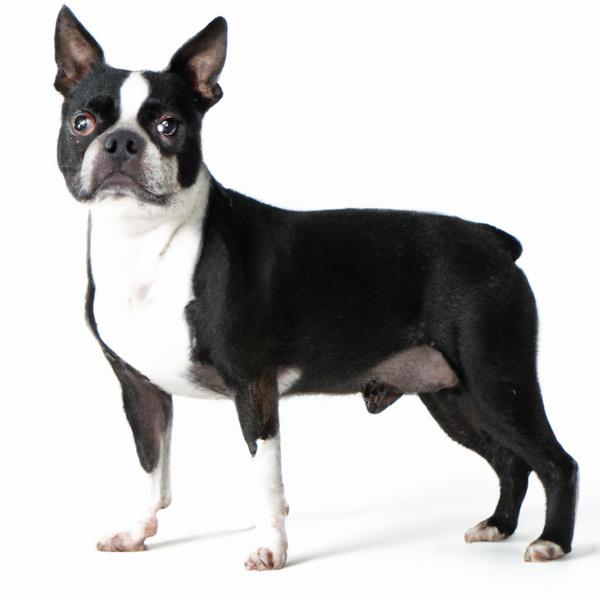
Boston Chin
Dachsi Apso vs Boston Chin

Neapolitan Mastiff
Dachsi Apso vs Neapolitan Mastiff
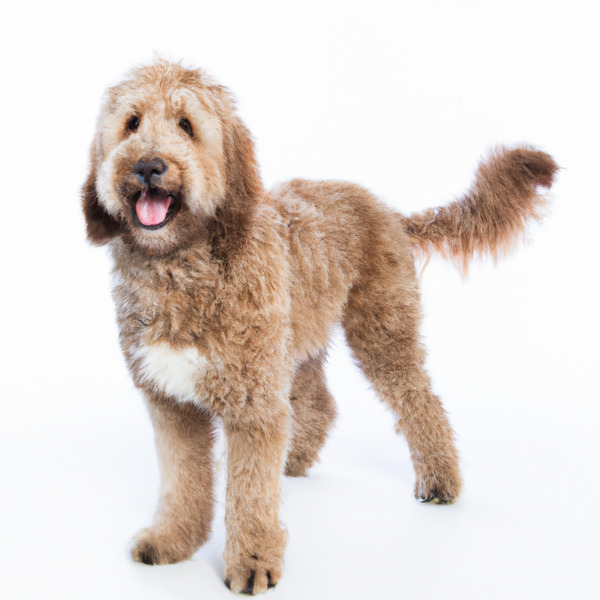
Bordoodle
Dachsi Apso vs Bordoodle
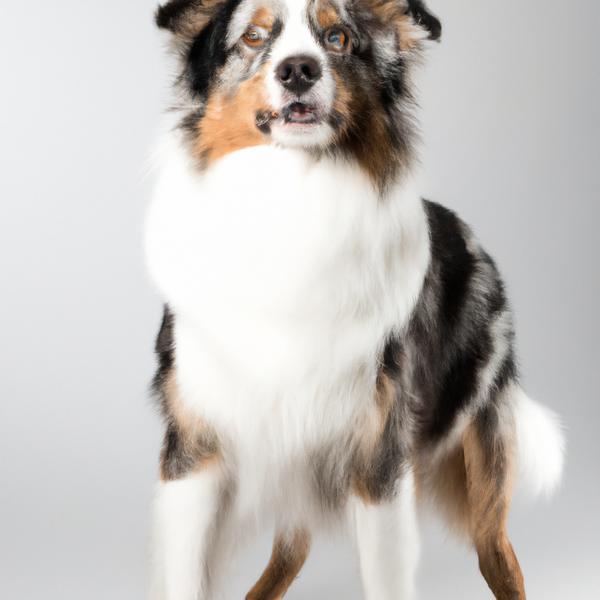
Australian Shepherd
Dachsi Apso vs Australian Shepherd
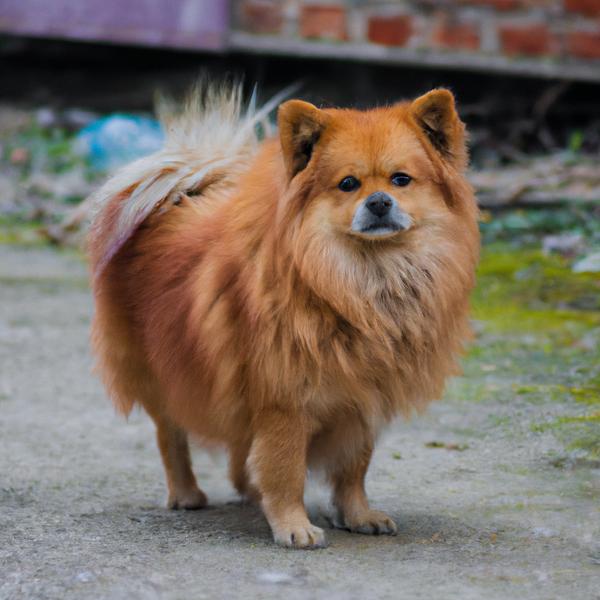
Shetinese
Dachsi Apso vs Shetinese

Irish Saint Terrier
Dachsi Apso vs Irish Saint Terrier
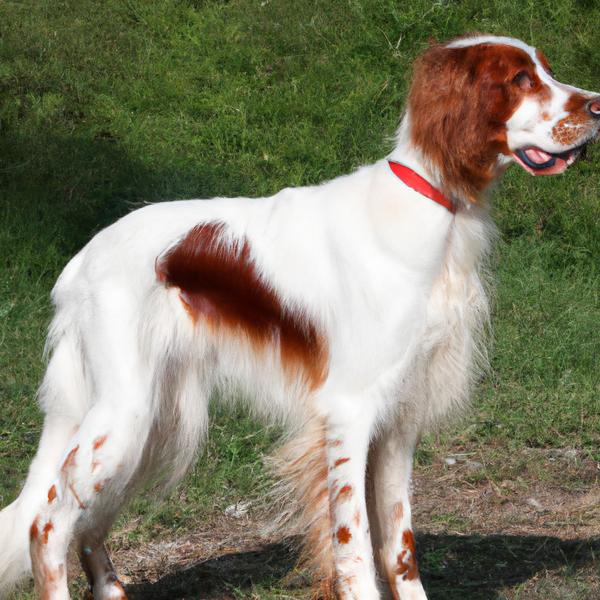
Irish Red and White Setter
Dachsi Apso vs Irish Red and White Setter

